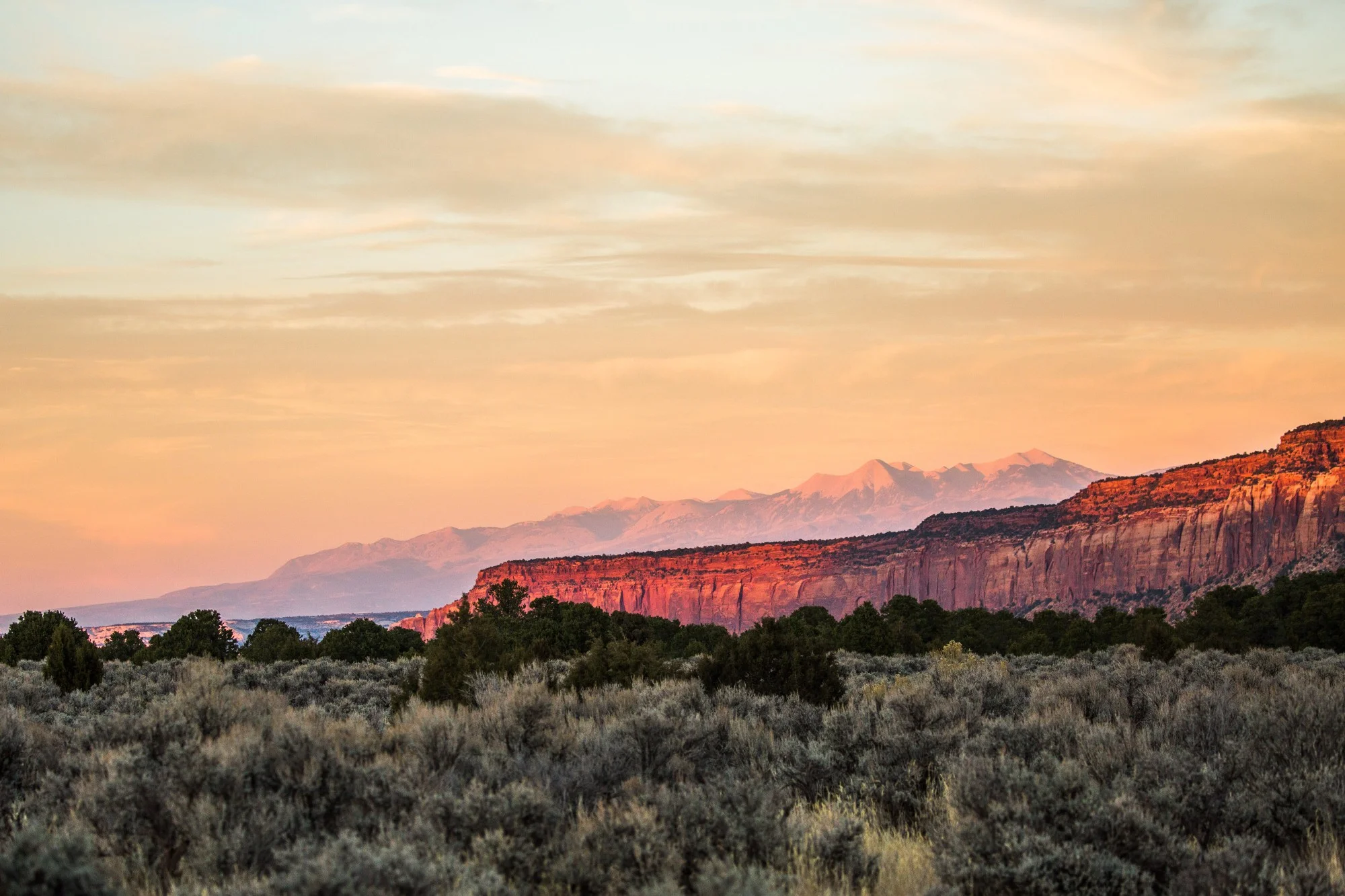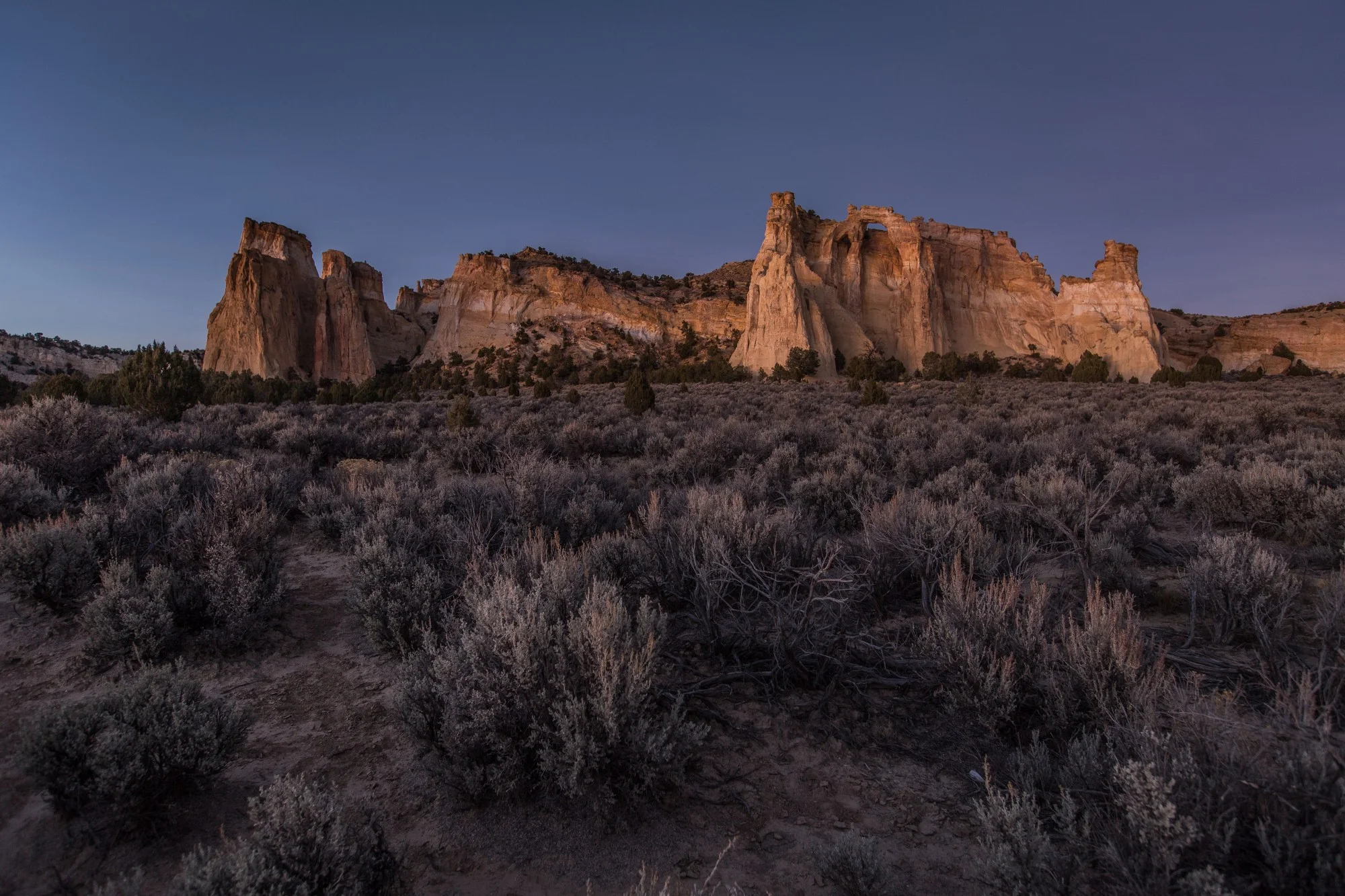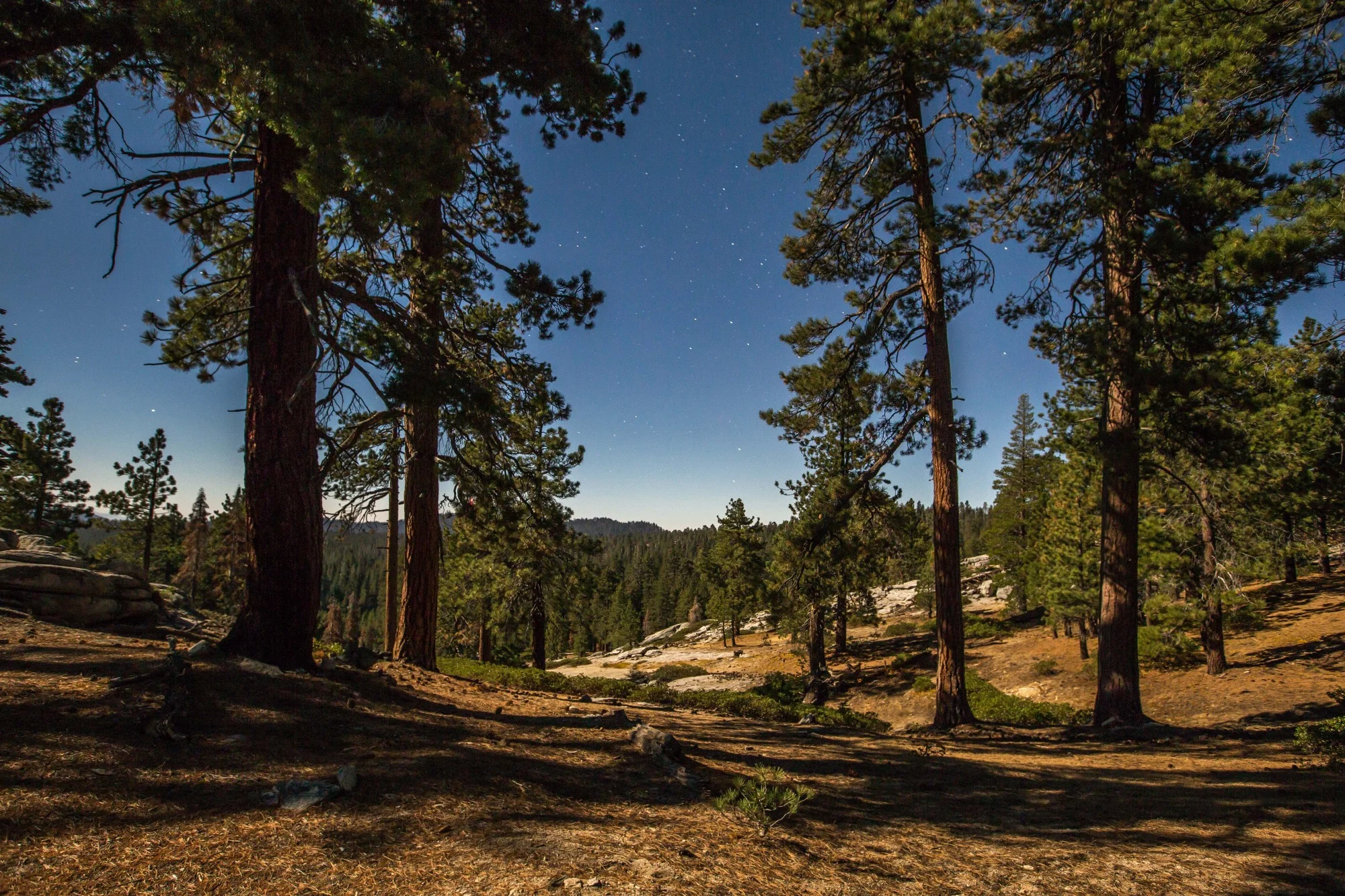To date, President Joe Biden has designated five national monuments since coming to office in 2021. Here we take a look at four of those five national monuments that had a land conservation element, and what might be on the slate before the end of his first term.
Read MoreRecommendations on visiting Bears Ears National Monument in Utah, with a selection of photographs to give you a glimpse into the beauty of these wild and historic lands.
Read MoreA comparison between Grand Staircase-Escalante and Bears Ears from the perspective of their local impact for economies and surrounding communities.
Read MorePlan your adventure to one of the national monuments that were targeted by the presidential review and discover the beauty of your public lands.
Read MoreA collection of photographs accompanied by text to capture the beauty of the lands protected by what was one of the largest national monuments in the US.
Read MoreGold Butte National Monument protects a landscape of intricate geology and history, where nature and humans have created true works of art. An interview with Jaina Moan, Executive Director of Friends of Gold Butte, and a photo essay capturing the beauty this landscape.
Read MoreBefore putting our canoe out from Coal Banks Landing, we had the chance to meet and interview Jim Greene and Martha Vogt, BLM volunteers and members of the Friends of the Missouri Breaks. Their love for this river inspired our trip.
Read MoreWe had the chance to spend two days in the Gold Butte National Monument guided by Jim Boone, an expert in Nevada's outdoors and a member of the Board of Directors for Friends of Gold Butte. This is one the monuments listed to be reduced in size as recommended by Secretary Zinke. However, any area taken away from this outstanding national monument would be a great loss.
Read MoreAn interview with Jeanine Moy, Outreach Director with KS Wild about the importance of USA's first and only national monument designated specifically because of its extraordinary ecology and biodiversity. This special place in Oregon is now on Secretary Zinke's list of recommendations to be reduced in size, despite strong local support.
Read MoreThe Wildlands Conservancy is an organization whose contributions have been instrumental to the creation of the Sand to Snow and the Mojave Trails National Monuments. We spoke with Jack Thompson, the Regional Director of their desert preserve, about the importance of the two national monuments and the work of The Wildlands Conservancy.
Read MoreDesignated in 2014 and covering ~500,000 acres, the Organ Mountains - Desert Peaks National Monument appeared to rank high on the list of contenders that could be scaled back by the presidential administration. Interview with David Crider, owner of Southwest Expeditions.
Read More"When you go to Basin and Range you have to think about that notion of sitting on a beach and looking out at the ocean (...) it’s that same kind of serene feeling, similar to sitting on the prairie and looking at its vastness." Interview with Jim Boone, coordinator of efforts to create a local support group for the new national monument.
Read MoreA summary of some essential facts that need to be known in a conversation regarding national monuments in the US, in the context of the presidential review.
Read MoreStretching across seven counties, the Berryessa Snow Mountain National Monument is an incredibly diverse conservation land in northern California. Despite its beauty, we found that it remains mostly unknown among locals and visitors to the region alike.
Read MoreWe loved this national monument because it defies our standards of beauty, which define what we consider important to protect. It’s also a testimony to the resilience of nature on a 196,000 acres piece of land, surrounded by ecological disaster and extensive agriculture.
Read MoreFloating down the Upper Missouri River is like entering one of those paintings you often see of the west from the 1800s: dry rugged hillsides, with a lush riparian valley filled with wildlife that drink from and depend upon the life-giving waters of the Missouri River.
Read More















